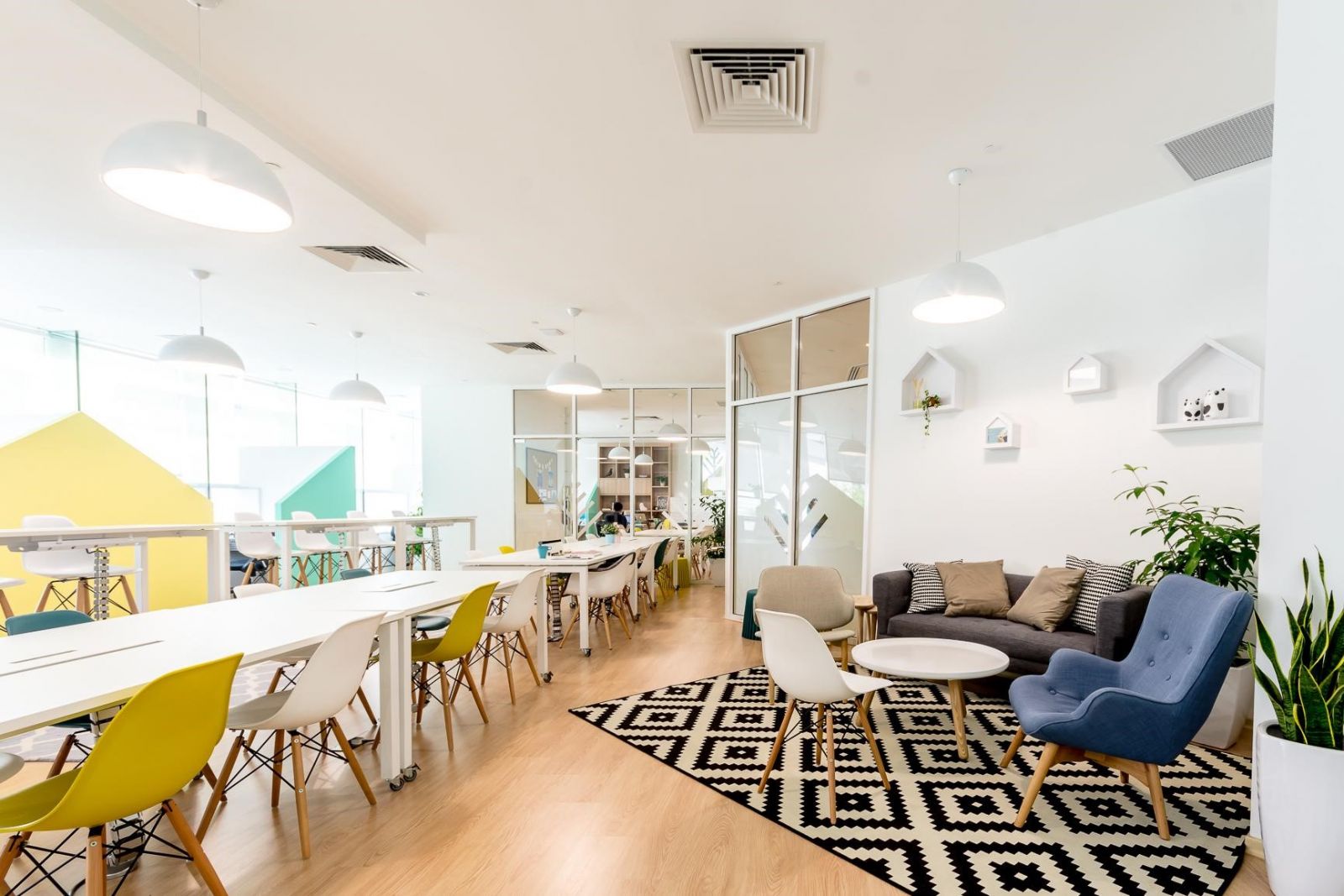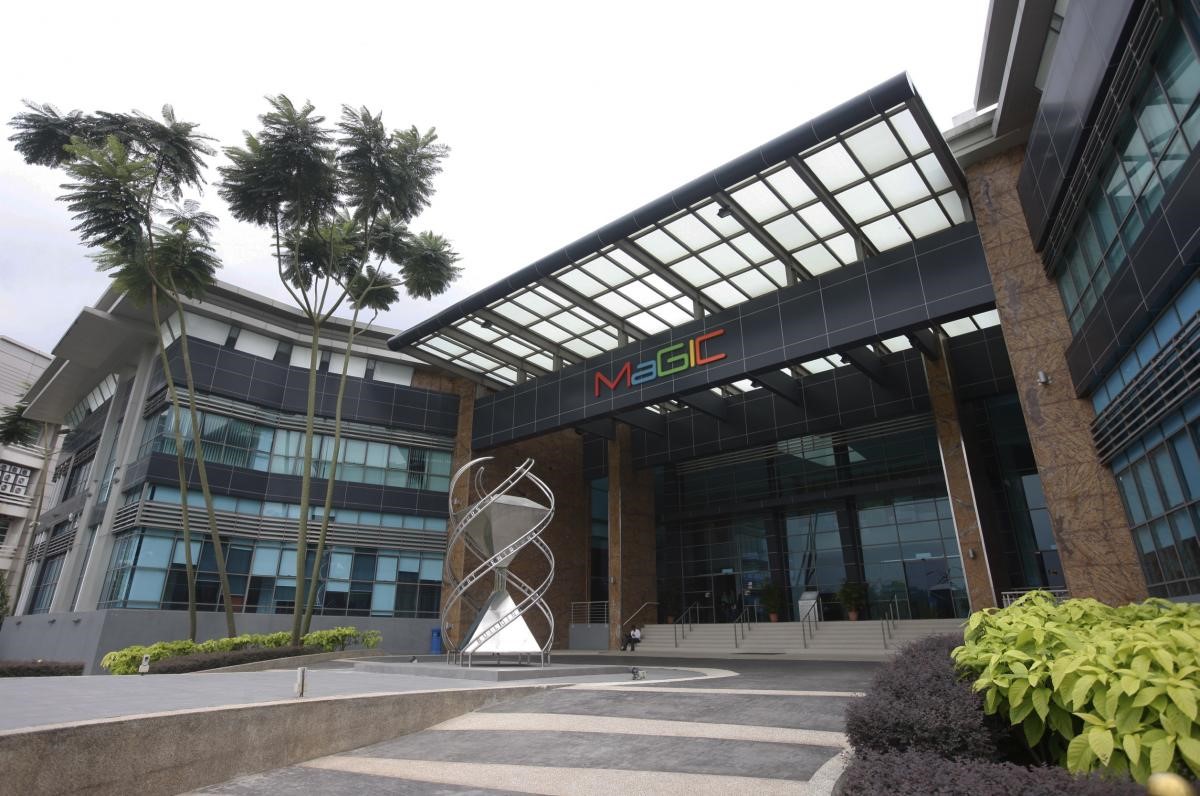Coworking in Southeast Asia
By Nicole Adarme October 25, 2016
- The largest coworking spaces, in terms of number of members, are in Asia
- Coworking spaces will occupy 15% of total office supply in Southeast Asia by 2030

RUNNING a business requires entrepreneurs to face a myriad of obstacles. Among them, honing a product idea, developing a business plan, forming a strong team, and also finding the perfect space wherein the business can grow. This last task has proven challenging for many entrepreneurs, especially in Southeast Asia where office vacancy rates are among the lowest in the world. These circumstances have encouraged startups and SMEs to explore options outside of conventional office leasing; thus the trend of short-term workspace solutions, particularly coworking, has taken flight in the region.
At the beginning of the year, Deskmag counted 7,800 coworking players around the world. Forecasts indicate that there will be 16,100 by year-end. The largest spaces, in terms of number of members, are located in Asia. Coworking has come a long way from the first space that opened in San Francisco back in 2005. Today, the short-term collaborative workspace solution is growing at staggering rates per annum, and Cushman & Wakefield project that it will occupy 15% of total office supply in Southeast Asia by 2030.
The transition toward flexibility
These numbers tell us that workspace strategy is changing significantly. The advent of advancing technology, globalisation, and the growth of the sharing economy have ushered in an era of increased worker mobility and preference for collaborative work environments and flexible work arrangements.
Lars Wittig, Regus’ country manager for the Philippines, concurs. As the world leader of flexible workspaces, Regus has recognised the shift in demand and has opted to embrace the growth of the sharing economy by introducing more types of workspaces including hot desks and coworking spaces in its over 3000 locations worldwide. Having seen the office market evolve over the last five years, Wittig is confident in Regus’ decision to adapt to these trends as “the future of workspaces.”

The Southeast Asian case
While the shift in demand towards short-term versus conventional workspaces is undeniable, the spread of coworking in Southeast Asia is only just beginning to hit its stride. Evan Moore of Hong Kong’s Urban Serviced Offices observes that as a relatively new concept on this side of the world, “coworking has proved to be popular with startups, entrepreneurs, and millennials in the region, however, there is a need to educate the market of the multiple benefits of this kind of workspace.”
Mikko Barranda of Acceler8, one of the Manila’s most innovative coworking spaces, agrees. “Coworking has barely scratched the surface in the Philippines, but it is growing rapidly. There is a lot of opportunity with the rise of millennials who want more in terms of flexibility of workspace and in terms of lifestyle.”
As a workspace concept imported from the west, coworking represents quite a drastic change from traditional Asian office set ups. In a region where one’s office has typically been privatised in order to maintain confidentiality of strategy and operations, a collaborative work environment is essentially a 180 degree turnaround. The adoption and recent multiplication of coworking spaces in Southeast Asia has been the product of global influence and local innovation.

All about the timing
The flourishing of the coworking industry in Southeast Asia in 2016 is a strong indication that the region is ready to embrace the trends and shifting demands of the millennial generation. The launch of MaGIC, the Malaysian Global Innovation and Creativity Centre, a government-run startup incubation and acceleration centre with its own in-house coworking space, is a perfect example.
Programme director Jowynne Khor cites that today, attitudes have changed and infrastructure has developed enough to encourage collaboration between the government and private corporations, thereby “closing the gap” and moving the Malaysian economy forward.
Khor passionately speaks about the importance of MaGIC’s open coworking floor plan at its incubation hub; she determines that the transparency and ease of collaboration between startups at all stages are integral for learning and growth.
As the region’s leading online workspace marketplace and booking engine, FlySpaces has collated thorough data on the status of coworking thus far: Presently occupying 7% of the two million square meters of office supply in mature markets like Hong Kong and Singapore, and 3% of supply in emerging locations - coworking in Southeast Asia, given its later start, is steadily catching up with its counterpart spaces in the West.
At the moment, Southeast Asian spaces are quite competitive in terms of price, with mature markets valuing each seat at an average of US$500 (RM2,109) per month, and emerging markets US$200 per month. With average occupancy stacked at 90%, demand in the region has remained strong.
“Because Southeast Asia includes the world’s fastest growing economies and a much more tech savvy population than other emerging regions, there is no question about the market potential found here,” says FlySpaces CEO and co-founder Mario Berta.
The strong demand has undoubtedly stimulated growth and development in the industry. This is corroborated by the actions of real estate giants such as CapitaLand in Singapore and Ayala Land in Manila, restructuring their business models and expanding their property portfolios to include coworking spaces.
In the case of CapitaLand, it has entered into a joint venture with Collective Works that will support up to 250 high performance businesses in a coworking model business centre of over 22 thousand square feet.
“With Capital Tower’s central location, connectivity to public transport, proximity to clients and partners, premium Grade A specifications and lifestyle amenities, we are confident that the coworking space at this premium building will appeal to a range of fast-growing businesses, entrepreneurs, and freelancers seeking to rent fully functional, fitted-out office spaces under flexible lease terms” says CapitaLand Singapore CEO Wen Khai Meng.
In addition, WeWork - the third highest valued startup in the world (US$16 billion) and the biggest name in coworking - has just moved into the region opening locations in Shanghai and Hong Kong. It stands to reason that penetration into Southeast Asia will not be far behind.
Next page: Not just tech startups


